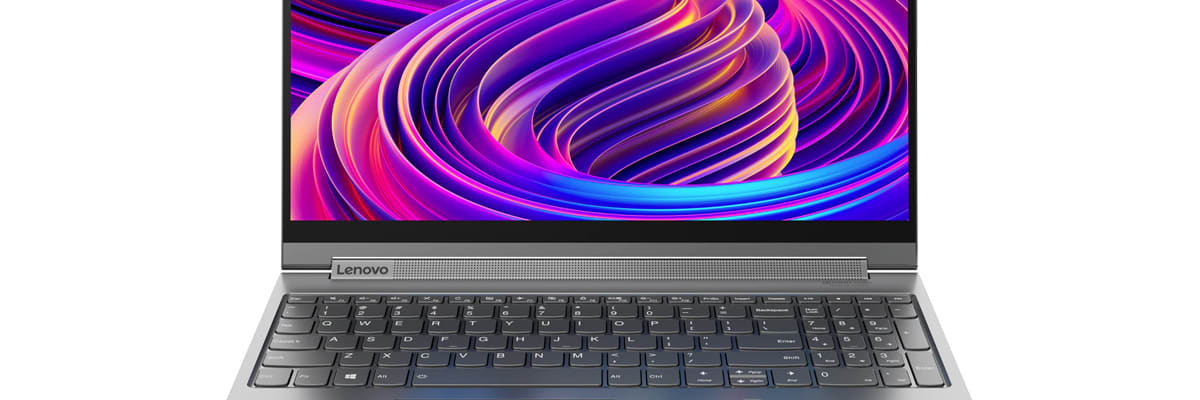
Return navigate_next
HP Versus Lenovo: Popular PC Laptop Makers Compared
July 11, 2022 *
Most people find the experience of purchasing a new PC laptop pretty frustrating. Unless you’re already firmly devoted to a particular brand, picking your next laptop can be maddening and confusing. There are so many brands, models, and form factors to consider.
A quality new PC laptop is a big investment, so you want to get something that will last for as long as possible. Plus, there are dozens of configurations and specs to worry about. If all you want is a computer that runs well at an affordable price, all the options can be overwhelming!
Thankfully, the team at Upsie is here to help. In this article, we look at two of the top PC laptop makers: HP and Lenovo. Both are established brands with strong portfolios. Here’s what to know about the laptops from HP and Lenovo.

Company Histories: HP Versus Lenovo
HP has been around since the 1930s and has been making PCs and laptops since just about the beginning. The company released its first laptop in 1984 and continues producing many consumer and commercial electronics and services to this day.
In the 2000s, enterprise services and equipment became a larger part of the business. In 2014, the company split into two entities. HP Enterprise took the enterprise technology, infrastructure, and services portions of the company, while HP Inc. retained the PC and printing business.
Lenovo has been around since 1984 when it was founded in Beijing as Legend. The company later moved to Hong Kong, where it made its first Chinese PC (among other tech products). The big shift was in 2005 when IBM sold its entire personal computing division to Lenovo, including its massively popular ThinkPad line. Since that time, Lenovo has been the manufacturer and distributor of the iconic ThinkPad along with dozens of other Lenovo laptops and PCs.
HP and Lenovo offer a wide variety of laptops with different features and price points.
HP and Lenovo Lineups
Both companies have an extensive lineup of laptops, and we can’t cover these exhaustively in this short review. Instead, here are the highlights for both companies.
HP Laptops
HP’s dizzying array of models fall into a half-dozen or more categories. Of these, one of the best categories is the HP Envy. The current entry, the HP Envy x360, is one of the best PC laptops available for under $1,000, according to Laptop Mag. It’s also a touchscreen 2-in-1 device, which is a great bonus.
HP also offers laptops in categories such as Spectre (premium 2-in-1 ultrabooks and laptops), Elite Dragonfly, ProBook and EliteBook (business laptops), Omen (gaming laptops), ZBook Studio (high-end workstation), and Pavilion (midrange consumer laptops). Each laptop is lightweight, powerful, and easy to use, and the pricing can range from a few hundred dollars to a few thousand.

Lenovo Laptops
Lenovo’s lineup is a bit simpler. The ThinkPad is still the champ, taking 6 of the top 10 spots in Laptop Mag’s best Lenovo review. ThinkPads have historically been extremely durable, powerful machines. In the past, their only downside was that they were really ugly.
However, Lenovo has grown and added new sleek designs to their ThinkPad collection. One of their newest designs is the ThinkPad X1 Carbon Gen 9 Laptop. So, in addition to having newly designed exteriors, they are also impressively durable devices.
Lenovo has diversified the ThinkPad lineup with some new designs, including the ThinkPad X1 Yoga (2-in-1 foldable device) and the ThinkPad X1 Tablet (detachable 2-in-1).
Lenovo does have some strictly consumer-oriented models, including the Yoga (2-in-1) and the Legion (gaming laptop).
Build Quality
The mid-2000s were not a good time to be an HP laptop customer. Nearly all brands were trying to build as many cheap laptops as possible. Build quality and longevity suffered. During that time, Lenovo kept being Lenovo, building quality machines primarily for the business market.
Thankfully, somewhere in the early to mid-2010s, this trend of pumping out the absolute cheapest machines finally began to subside. As PCs, in general, started moving up in price, so did overall quality.
These days, both companies are churning out good quality machines. Lenovo still maintains an edge, but the truth is they maintain that edge over just about every other manufacturer in terms of device longevity.

Computing Power and Graphics
One of the strengths of the PC market is also one of its weaknesses — you can get a PC laptop with just about any combination of processing power and graphics power. This is good if you know what you’re looking for, but there are still a dizzying array of options. It can be incredibly overwhelming.
There isn’t a clear winner or loser between HP and Lenovo when it comes to computing and graphics power. Both companies offer beastly machines and lightweight ones. As long as you buy a laptop that’s built for what you want to do, you should be okay.
Protect Your HP or Lenovo Device with a Laptop Extended Warranty
The choice between HP and Lenovo ultimately comes down to your own preferences and goals. Whichever you choose, make sure to protect your new device with an extended laptop warranty from Upsie. Upsie offers you industry-leading coverage against defects and accidental damage for a price that will surprise you! Upsie offers affordable warranties with comprehensive coverage for both HP and Lenovo devices. Visit Upsie.com to learn more about Upsie’s laptop extended warranties.
Learn More About PC Laptops:
* This article is over 6 months old and may or may not be updated.
